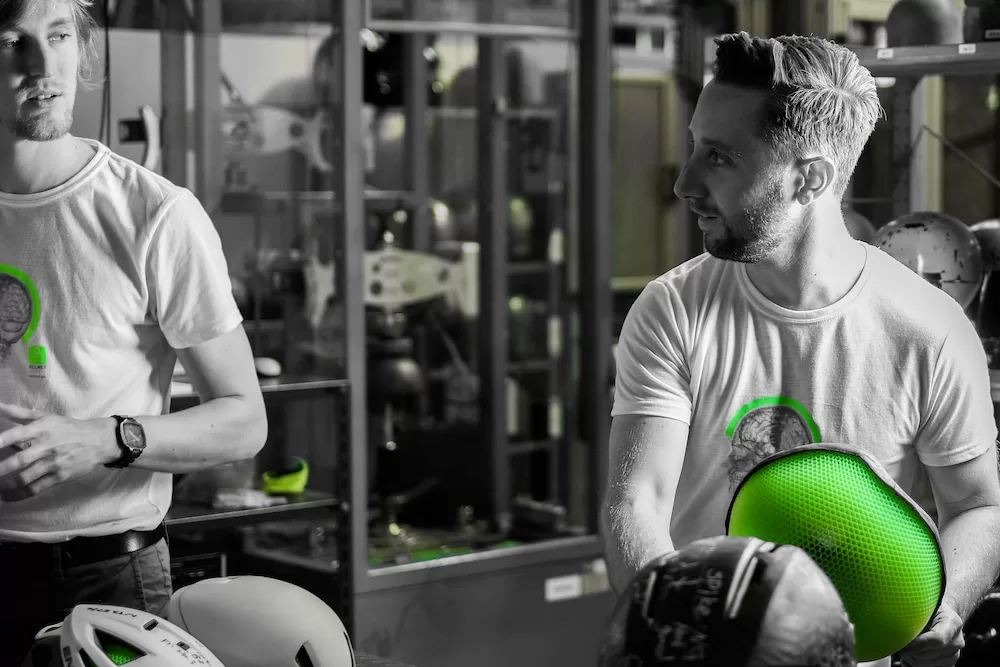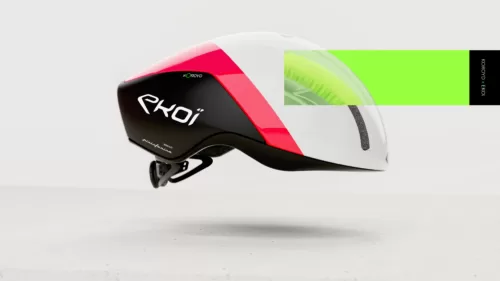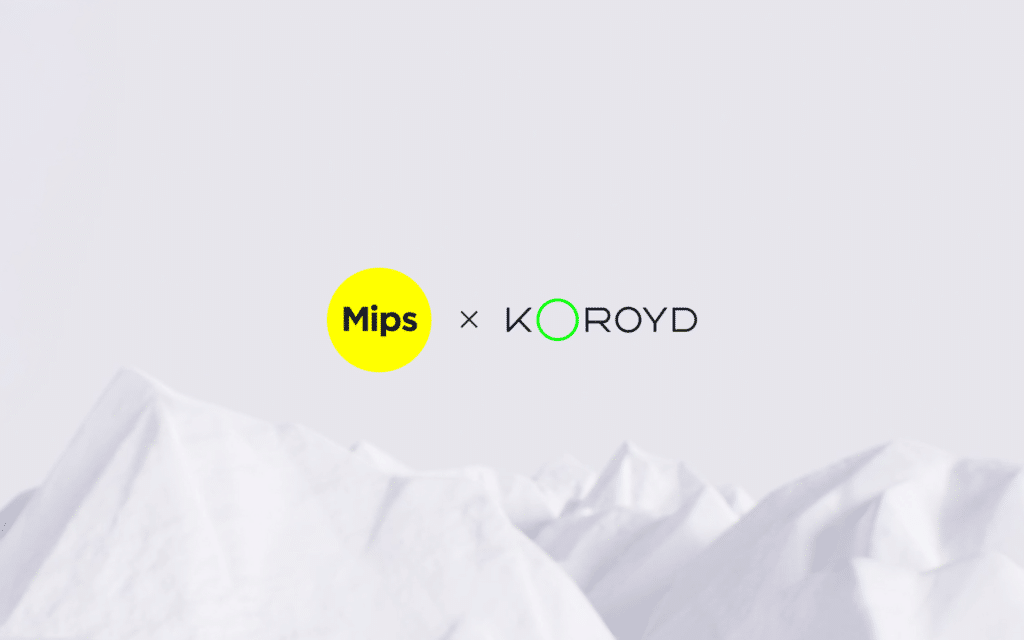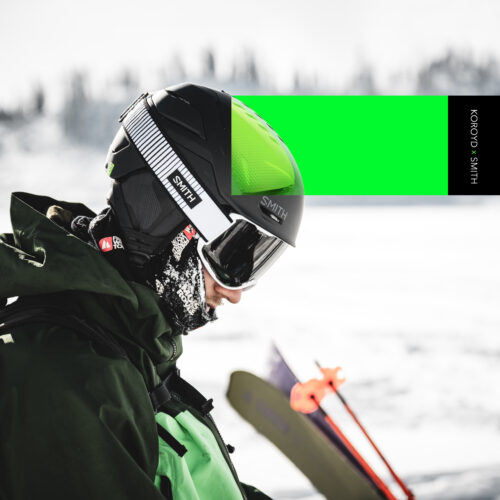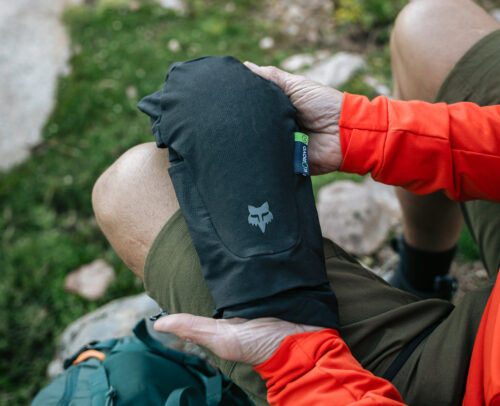BETTER NEVER QUITS
In 2012, Koroyd became the first company to commercially develop a helmet featuring a replacement for EPS foam as an energy absorber; the first since Bell developed the EPS concept in the 1970s. Through continuous testing and perseverance, Koroyd’s product development team’s work stays at the cutting edge of protective performance. Uncovering the path to innovation, Koroyd’s Design and Development Director, Piers Storey shares insights on his personal journey, developing state-of-the-art technology and constantly pushing boundaries.
Can you tell us how your career in product design and development started?
I think I have always had a passion for design and technology. In 2001, aged 15, I got into racing downhill mountain bikes, working a paper round to fund it. I was never that good at it but my friends and I were always trying to improve our bikes to gain any technical advantage we could get over one another. We were constantly swapping components, buying and selling bike parts, stripping our bikes down and rebuilding them. In the pursuit of better kit, I borrowed money from my parents and set up a small mail order company out of my parent’s basement, importing components from the US and Taiwan. I eventually designed my own range of limb protectors and padded shorts and advertised them in specialist bike mags. My mum would manage the order hotline whilst I was at school and I’d get home, package up the day’s orders and take them to the post office the next day. I never made any money at it but it was a valuable experience and great fun.
By the time I reached 18, I was mature enough to acknowledge that a bit of formal training would serve me well and enrolled in Industrial Design & Technology at Loughborough University. My interest in bikes had naturally developed into motorcycles and I managed to land an internship designing motorcycle helmets and apparel at one of Europe’s largest helmet brands. The head of the product team there would go on to found Koroyd and I was captivated by the potential of that emerging technology.


How important is purpose in your work? What’s the greatest benefit you’re providing with your work at Koroyd?
Purpose and vision is extremely important. It’s what gets you out of bed in the morning. Product designers and engineers shape the world we live in and there’s a huge responsibility which comes with that.
At Koroyd we have a clearly defined vision to be pioneers in protective solutions which reduce the risk of injury and severe damage. The consequences of accidents can be life changing. We are focused on improving energy absorption in advanced protective applications to minimise immediate and long term damage.
Do you have a favourite element of your work?
The ‘first shots’ of a product, the first parts from production tooling, are always the most exciting to see. I love manufacturing. I love the process of creating something, and this is the moment the project comes to life and all of your hard work becomes realised.


Can you talk us through the high-level process for integrating Koroyd into a pre-existing product, i.e. a bike helmet?
Every project is unique and each Koroyd part is developed specifically for each application. By working closely with our customers, we identify the added value which can be offered through a Koroyd integration, define the project’s scope and pipeline and assign a clear, strategic, collaborative direction forward.
We discuss the project with the client’s engineering and product teams to understand the existing product performance and the wider project targets. We then review the test standards, material data sheets and historical test data from similar projects to consider how that knowledge can be utilised to navigate the most effective development path to market.
We develop Koroyd integration proposals from clients’ product samples, CAD data, drawings or prototypes and set out comprehensive and logical testing plans, through a mixture of empirical testing and finite element simulation. This establishes the necessary data to be recorded to reach meaningful conclusions which can drive the project forwards.
Our team of multi-disciplinary designers and engineers work closely together with our partner brands to offer a full suite of product design and development services that are uniquely tailored to help our customers capitalise on the true benefits of our technologies. The focus is always on improving product performance and safety.
What’s the average timeline for product development, from conception to launch?
From a clean sheet of paper to production, the quickest we have realised it in is 8 months. Typically products take between 12 and 18 months to get to market. Time and cost is always a challenge.
How important is innovation in your work? How fast is this technology advancing?
Innovation is critical to achieving our company’s goals and fulfilling its purpose. The pursuit of better protective solutions is non-stop because the target is continually moving. As the world around us advances, the products designed to keep us safe have to keep pace.
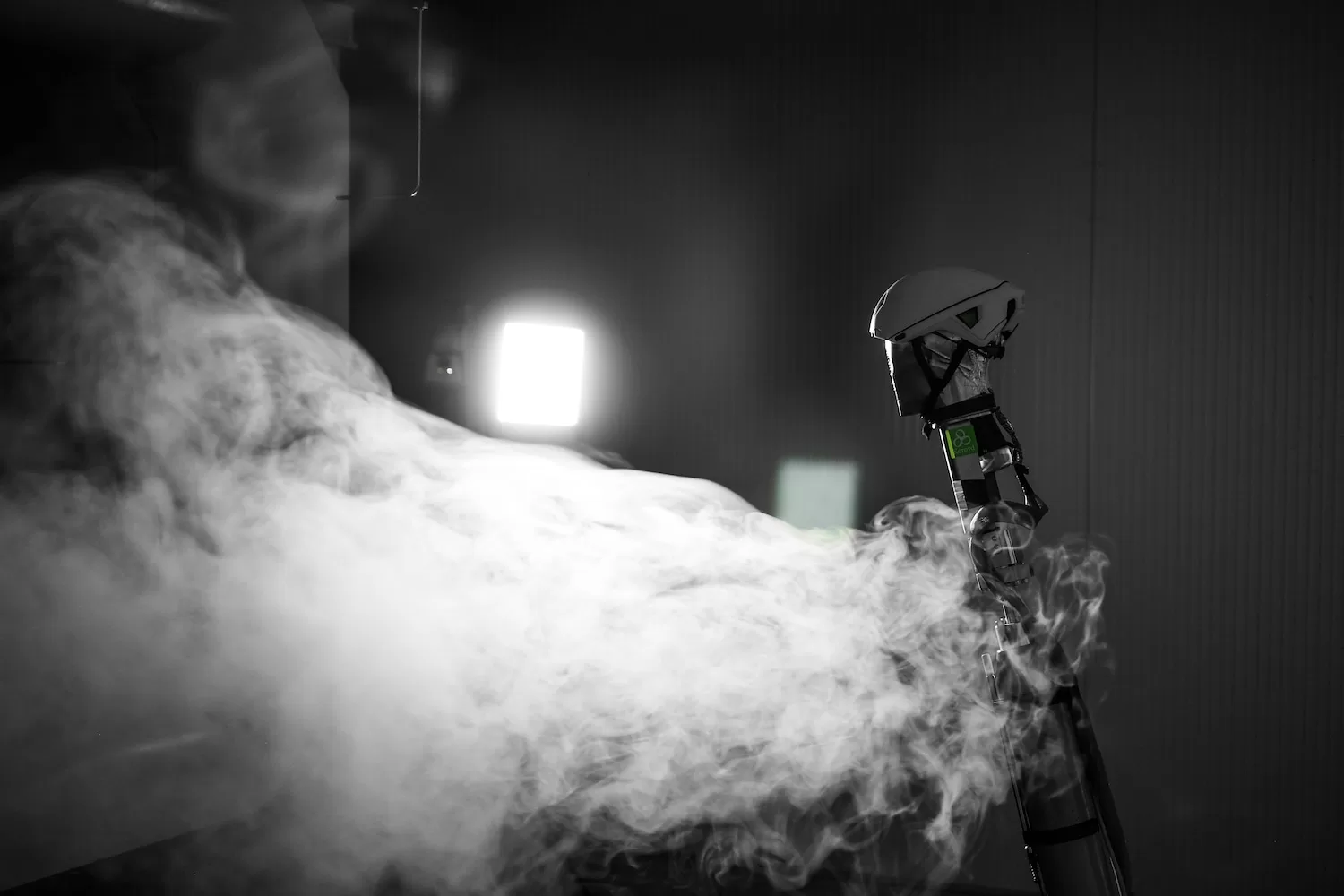

If you could change one thing about the way helmets are tested, what would it be?
The testing of helmets is a very complicated topic which varies depending on helmet application and the associated risks. I would like to see changes at the regulatory level that offer customers independent and impartial transparency over helmet performance. Today, the consumer is at the mercy of oversimplified marketing which is filling the void where regulation has failed to keep up.
Where will Koroyd be ten years from now? What opportunities are there?
Koroyd will be the number one reference for advanced protective applications across a multitude of different market segments. New opportunities will come from trusting the science. Most importantly, continuous testing will drive innovation.
What advice would you give to a youngster getting into product design and development?
Be your worst critic. Pick your ideas apart and build them back up – over and over again. Stay curious, ask questions and sweat the details, because what you are doing matters.
Connect with Piers on LinkedIn: Piers Storey
